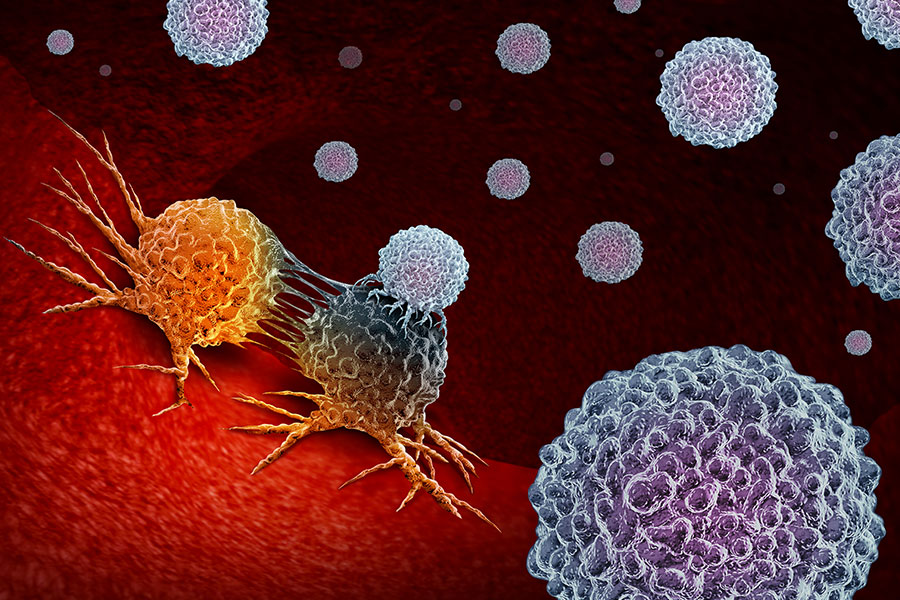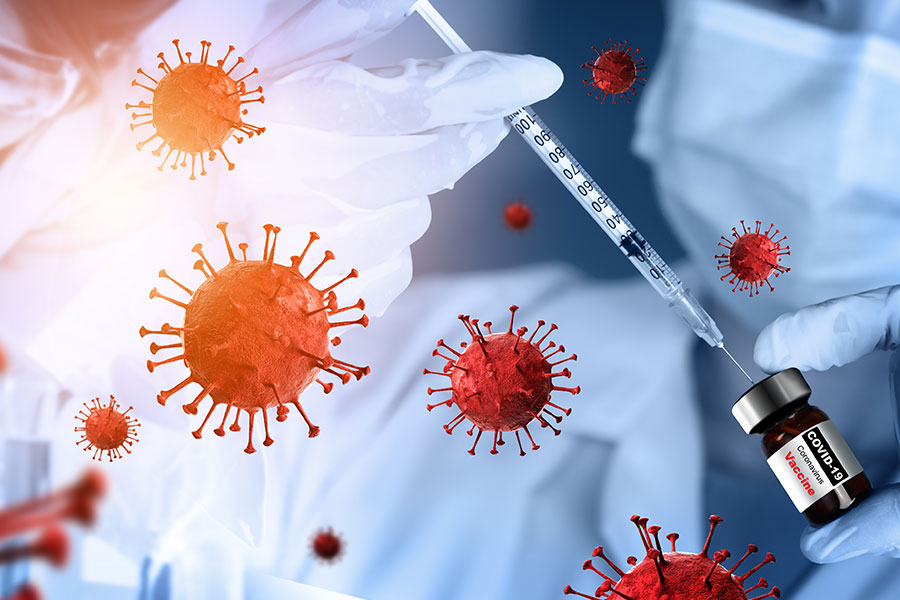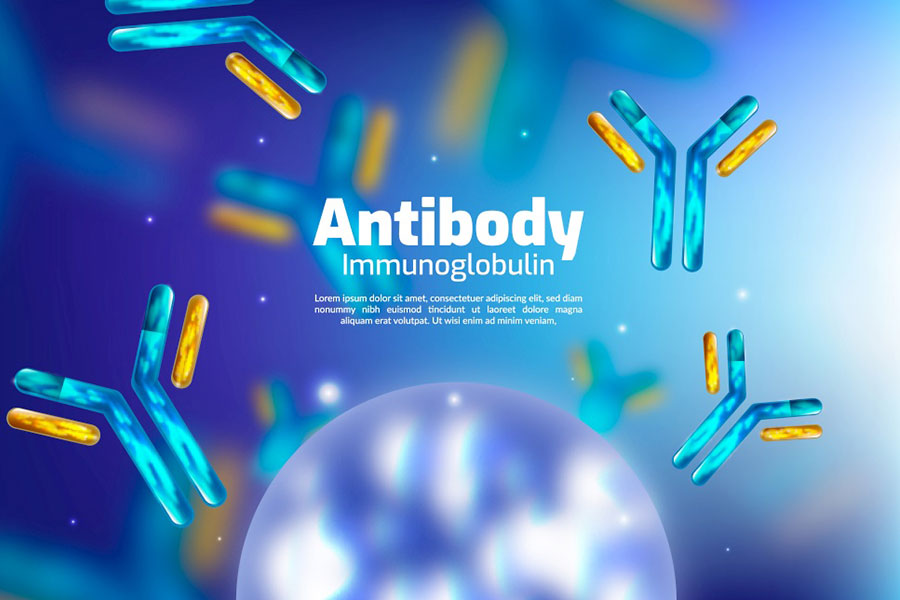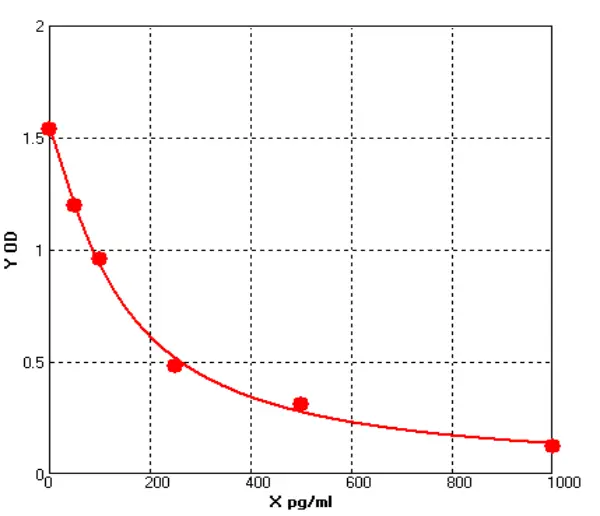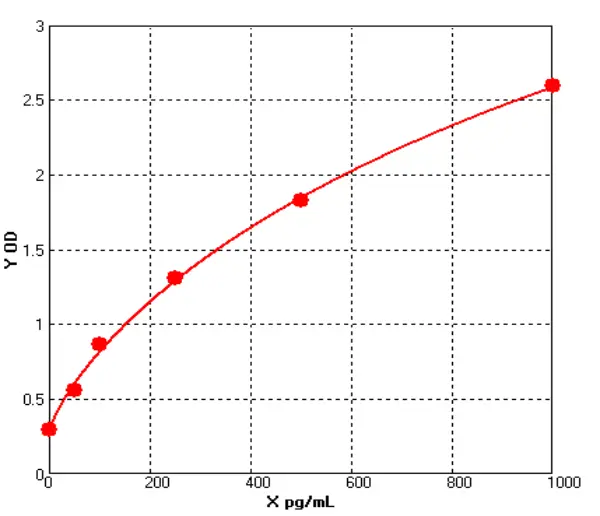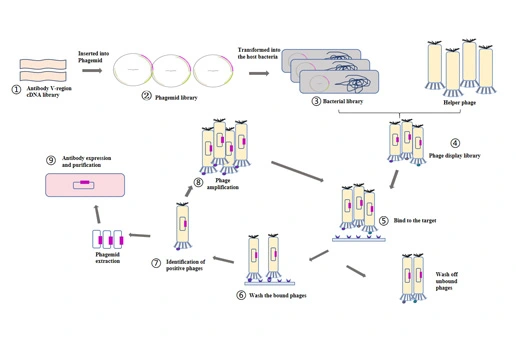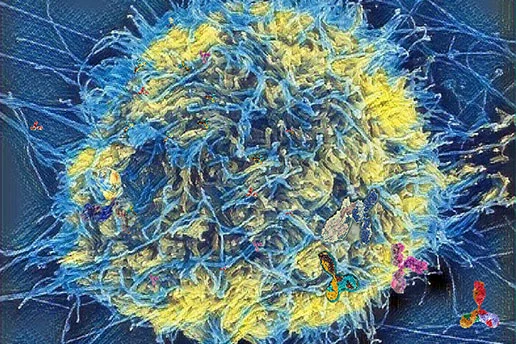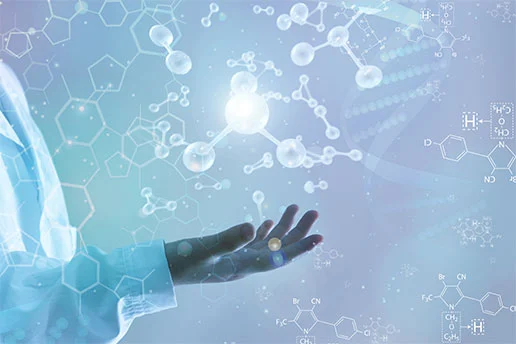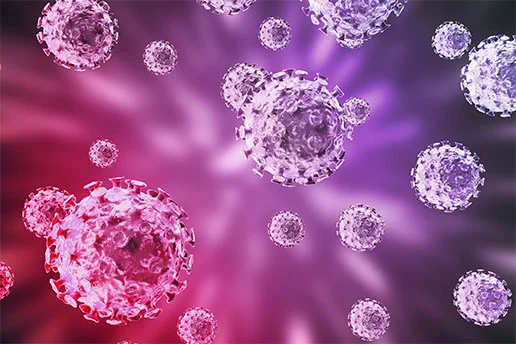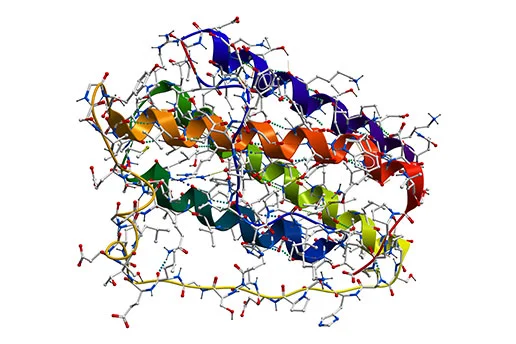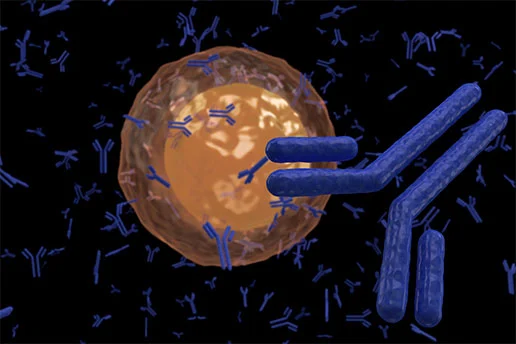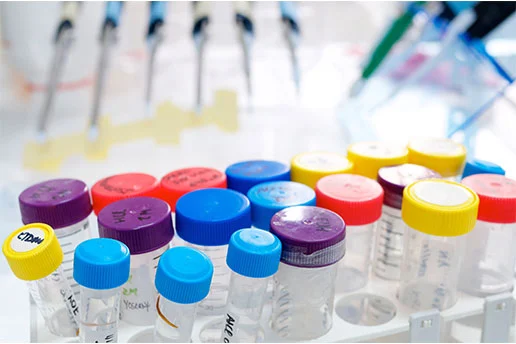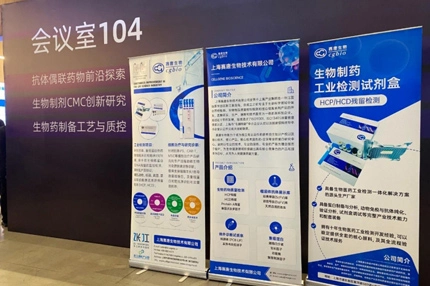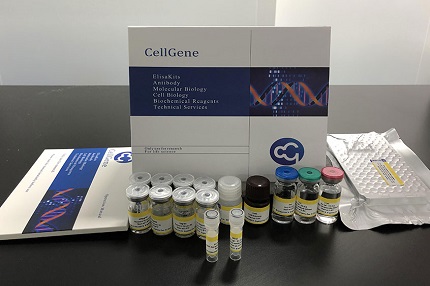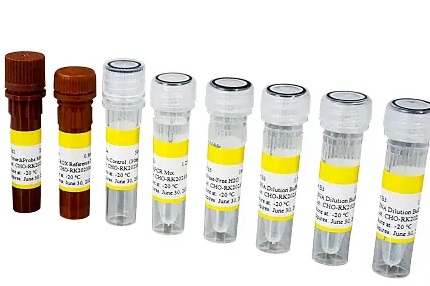- Host Cell Protein Detection Kits
- Host Cell DNA Residue Detection Kits
- Antibodies
- Recombinant Proteins
- ELISA Kits
- Cellular Component Protein Library
- Plasmids
- Promotions
-
Exhibition review | The 6th BIONNOVA BioPharma Innovators Summit & Expo Successfully Concluded at Shanghai Science Hall on April 9-10, 2025
Symposium HighlightsThe summit comprehensively addressed critical topics across biopharmaceutical R&D and manufacturing, including:Therapeutics Development: Antibody drugs, antibody-drug conjugate...
Apr.24, 2025Read More > -
Epinephrine ELISA: Sensitive and Reliable Quantification of Epinephrine
Principle of the Epinephrine ELISAThe Epinephrine ELISA can be used for the in vitro quantitative detection of epinephrine in human plasma and urine. The Epinephrine ELISA utilizes a sandwich method p...
Apr.24, 2025Read More > -
NS0 Host Cell DNA Origin and Control
NS0 host cell DNA refers to the deoxyribonucleic acid (DNA) of NS0 cells (mouse myeloma cell line) used as hosts in the production of biological products (such as antibodies and other protein drugs).N...
Apr.22, 2025Read More >
Immunoassay
Among them, enzyme-linked immunosorbent assay has been widely used in the food industry, and it can be used to determine the substances people want to contain and the substances they don't want to contain. For example, people are now concerned about the detection of some substances in food safety: pesticides, drug residues, hormones, auxin, microbial toxins, mycotoxins or enterotoxins, natural toxins, and some additives.
Immunoassay has the advantages of effective sensitivity, specificity, rapidity and low costs. It can be used for routine analysis of a large number of samples, qualitative screening of samples, and quantitative determination of samples for determining the content of components to be tested in samples. Immunoassay technology can be divided into two categories: labeled immunoassay technology and non-labeled immunoassay technology. Labelled immunoassay technology includes enzyme-linked immunoassay technology, radioimmunoassay technology, fluorescence immunoassay technology, colloidal gold immunoassay technology and chemiluminescence immunoassay technology. Non-labelled immunoassay technology includes immunodiffusion and immunoelectrophoresis.
Immune diffusion is the technology of antigen and corresponding antibody molecules to diffuse and meet in the gel and then form antigen-antibody complex precipitation when the suitable concentration ratio is reached. It can detect specific antigens or antibodies. Immune diffusion can be divided into single immunodiffusion, radial immunodiffusion, double immunodiffusion and others.
